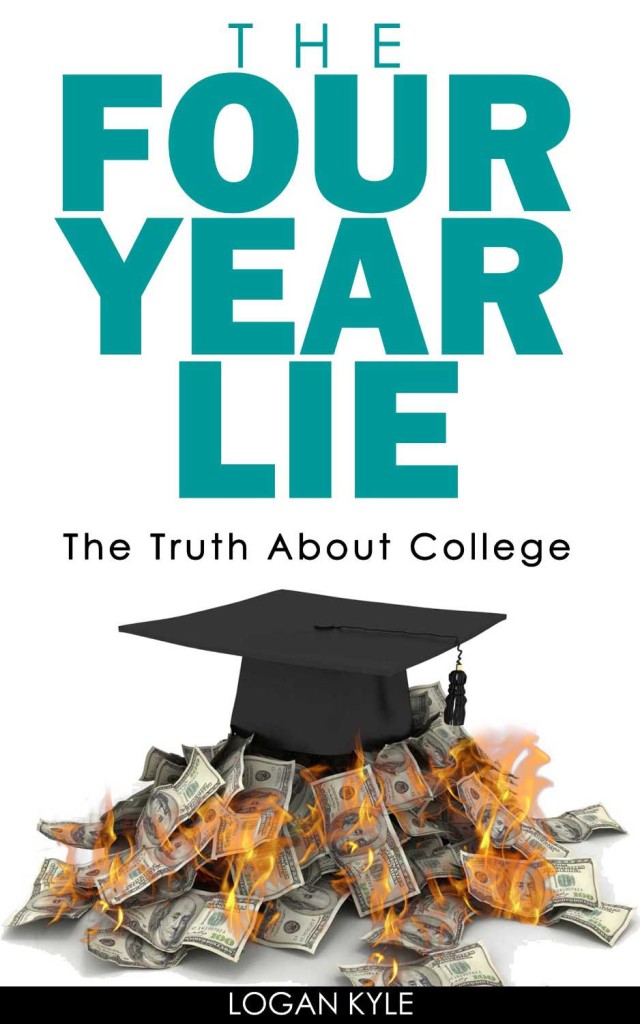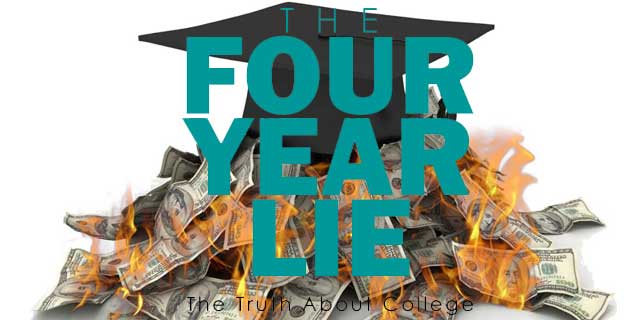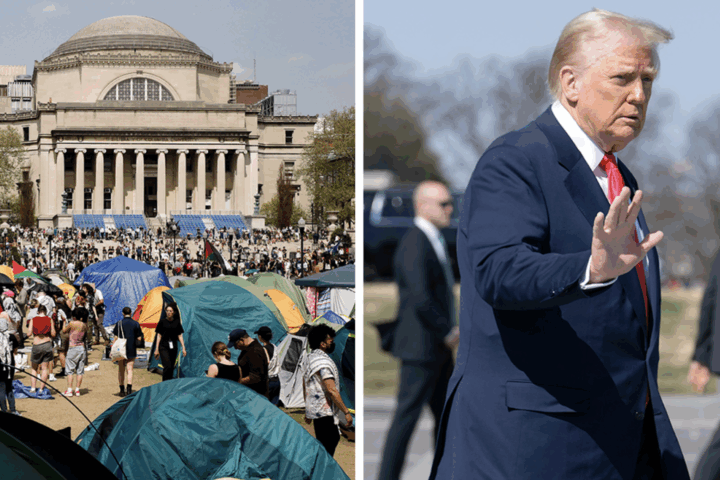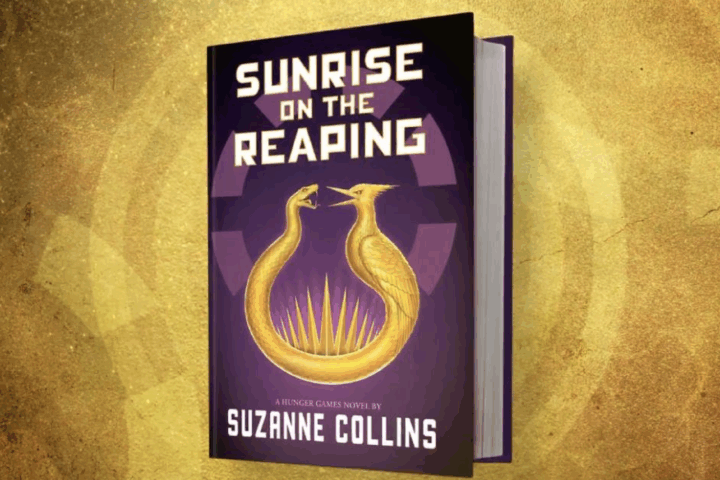The student loan system in America is broken. Currently, student loan debt exceeds $1 trillion dollars, eclipsing credit card debt, auto loan debt, and home equity debt. On July 1st 2012, the federally subsidized interest rates for more than $8 million college students shot from 3.4% to 6.8%. Soaring interest rates on student loans are coinciding with record-high numbers of young people going to college – in 2012 $2.1 million high school graduates went off to some form of college in the fall – and the increasing percentage of college graduates who are either unemployed or underemployed, including 53% of those under 25.
Logan Kyle, author of The Four Year Lie: The Truth About College, a book about the failings of the college system for America’s youth, sums up the student loan system in two words: it sucks.
“I think 6.8% is predatory. The fact is they know the kids will take out those loans. I mean, where else do you see 6.8% interest? Credit cards aren’t even 6.8% interest.” He added, “They know that kids have to go to school and colleges are now thinking like extraordinary businessmen. It’s like the law of supply and demand. If kids want to go to school, they can jack up the prices.”
 What does this all mean? With more students filling the halls every year, one could assume interest rates on student loans would decrease. However, the exact opposite is happening – and it’s no coincidence.
What does this all mean? With more students filling the halls every year, one could assume interest rates on student loans would decrease. However, the exact opposite is happening – and it’s no coincidence.
Overcrowding appears to be at the core of the issue. Kyle warns of massive classes taught by uninterested or overworked professors at state and community colleges around the country. Unfulfilled by these institutions, the best and brightest students seek schools of higher acclaim and loftier endowments. These schools are far more expensive though, presenting an obstacle for a large portion of students. Kyle argues that student loan companies and universities anticipate flocks of promising but financially lacking students – and have huge interest rates on student loans waiting for them. Therefore, the debt problem does not just lie with the student loans themselves, but with the entire collegiate system at large. It is a cycle, and a seemingly inescapable one.
The pattern, Kyle suggest, reaches beyond college. As he points out in The Four Year Lie, “Employers also love that you are in debt. An employee in debt is an employee who is less likely to cause trouble, rock the boat, or leave and start their own company.”
So how can the cycle be reversed? That part is not so simple. The student loan industry is intimidatingly enormous. Combined, all student loan companies are making $51 billion in profit in 2013. Kyle thinks he may have a possible solution. “I want to find a way to crowdfund going to school so kids don’t have to take on financial aid. Basically, I want to take Kickstarter and apply it to going to school.”
Kyle envisions a platform for prospective college students to create a profile and try and convince people to donate money to their college funds. These kids would also need to provide answers as to how the donations will be reciprocated.
Details notwithstanding, including an explanation of how will this be profitable, Kyle’s vision is at least an example of thinking outside the box to combat the student debt crisis in America. Unfortunately, as of now, the student loan cycle does not appear to be changing and hope for a reformed college system is dismal.
Kyle expresses this pessimism acutely with a direct message to prospective, current, and former college students in the opening of The Four Year Lie’s first chapter: “You were duped. Sorry, Charlie.”






